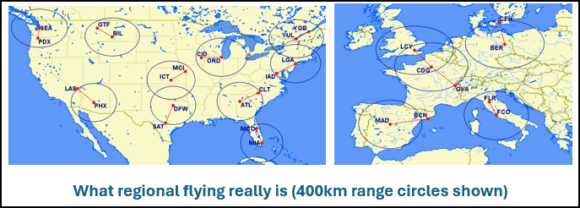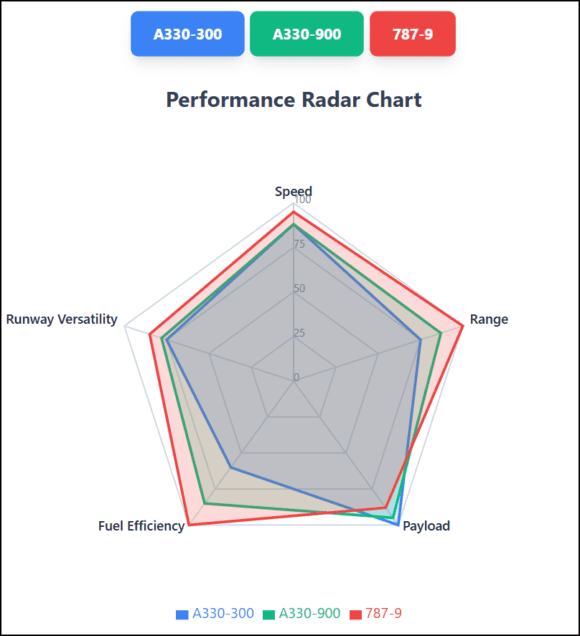
Ryanair 737MAX200
Ryanair has reported its 1Q26 financial results, with the low-cost carrier, which had previously admitted to opting for lower yields to sustain its load factors during the previous quarters, increasing its revenue per passenger and more than doubling its Q1 after-tax profit (PAT) compared to the same period last year.
On July 21, the Irish low-cost carrier group unveiled an €820 million ($954.7 million) PAT as total revenues rose by 20% compared to 1Q25 to €4.34 billion ($5 billion). Revenue per passenger grew 15% year-on-year (YoY), with the airline’s average fare growing by 21% YoY to €51 ($59.3).
In comparison, 1Q25 total revenues were €3.6 billion ($4.1 billion), while PAT was €360 million ($418.9 million). Last fiscal year’s first quarter average fare per passenger was €42 ($49.8), with load factors remaining flat YoY. In 1Q26, Ryanair welcomed 57.9 million travelers, slightly more (up 4%) than in 1Q25, when 55.5 million passengers boarded its aircraft.
Michael O’Leary, CEO of Ryanair, remarked that Q1 substantially benefited from having a complete Easter in April, “weak prior-year comps, and marginally stronger than expected close-in pricing.” In 2024, Easter fell on March 31.
O’Leary noted that ancillary revenues rose 7% YoY to €1.39 billion ($1.6 billion), while operating costs increased to €3.42 billion ($3.9 billion) as the company’s jet fuel hedging offset rising air traffic control (ATC) fees. These, accounted as route charges in its financial report, surged by 16% YoY to €356 million ($414.4 million), “primarily due to significantly higher Eurocontrol/ATC rates and a 4% increase in flight hours.”
However, as Neil Sorahan, CFO of Ryanair, pointed out during the pre-recorded question-and-answer session, environmental expenses are expected to increase for the carrier. Sorahan stated that it was a “big number” that was included in the airline’s fuel expenses last year, or €850 million ($989.4 million), while during this fiscal year, environment-related costs are estimated to be €1.1 billion ($1.2 billion) due to sustainable aviation fuel (SAF) blend mandates. According to the CFO, “it is remarkable that none of this gets recycled back into environmental projects across Europe.”
At the end of the quarter, Ryanair had 181 Boeing 737 MAX 8-200 aircraft in its fleet, 25 more than in 1Q25, with its total fleet comprising 618 aircraft. The fleet growth is expected to facilitate increased passenger traffic, reaching 206 million by the end of FY26. The Irish airline, which has multiple subsidiaries across Europe, stated that it remains “confident that the 29 remaining [737 MAX 8-200] in our 210 orderbook will deliver well ahead of [summer 2026], when we hope to recover this year’s delayed traffic growth into FY27.”
In addition, Ryanair pointed out that Boeing reached the 38-per-month production rate of the 737 MAX in May, its current monthly limit imposed by the Federal Aviation Administration (FAA) following the mid-air door plug blowout of Alaska Airlines flight AS1282 in January 2024.
The low-cost carrier expects that the plane maker should certify the 737 MAX 10, of which Ryanair has 300 on order, in late 2025. The first 737 MAX 10s should arrive in the airline’s fleet in spring 2027, with the aircraft, which Ryanair said offer 20% more seats at 228 per aircraft, and 20% lower fuel burn, facilitating the carrier’s growth to 800 aircraft and 300 million passengers per year by the end of FY34.
In terms of the short-term outlook, the airline stated that Boeing’s delivery delays continue to impact its 206 million passenger target for FY26. Despite this, its cost-controlling measures should offset the growing environmental expenses. However, Ryanair warned that 1Q26 fares will be lower than in 1Q26, while still expecting to recover the 7% fare decline it suffered in 1Q25.
“The final H1 outcome is, however, heavily dependent on the strength of close-in Aug. and Sept. bookings,” the airline stated. At this time, it has zero H2 visibility and has indicated that it was too early to provide meaningful FY26 PAT guidance; yet, Ryanair expects to reverse the full-year fare decline, resulting in “reasonable net profit growth in FY26.”
Views: 144



